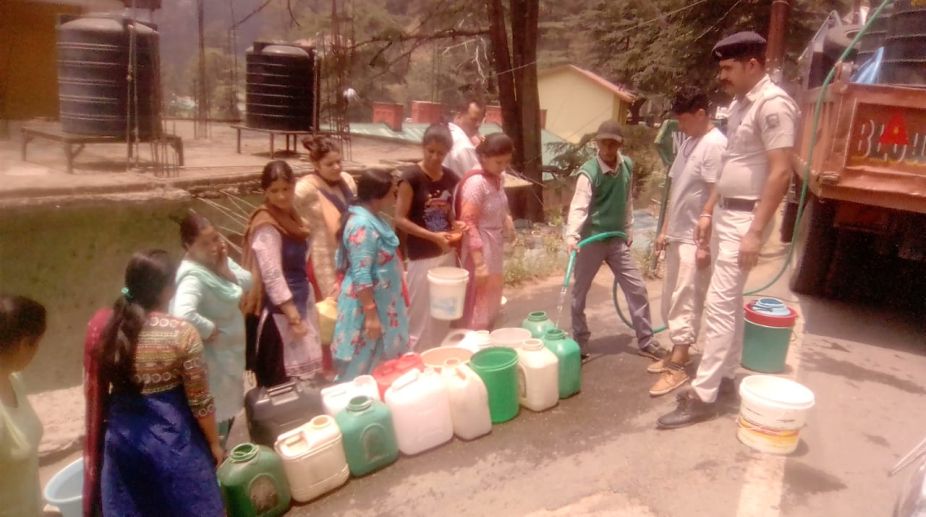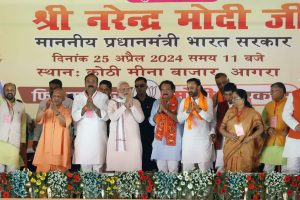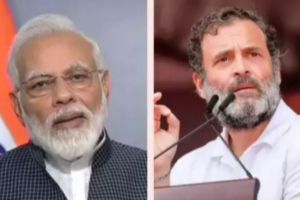Shimla is a long way from Cape Town and not merely in terms of distance It has been an almost insufferable summer for the picturesque Himachal capital, indeed once the summer headquarter of British India.
The crippling water crisis has already prompted a parallel with the water scarcity, almost chronic, in the South African city. As distressing as the shortage of life’s essential is the unofficial directive by residents via social media to tourists ~ anxious to escape the scorching summer of the plains ~ not to visit the hill station.
The residents have no option, and the appeal at the peak of the tourism season confirms the overwhelming helplessness. The scarcity has assumed incredible proportions and has in a span of a few days exposed the underbelly of Incredible India ~ a smart expression that was coined to package the country’s tourist potential.
The bitter irony must be that tourism in Shimla has taken a hit, and it shall not be easy to recover the loss of revenue. But aside from the economics of tourism, it is the residents who must be direly handicapped. Water supplies ran out on 20 May after being critically low for at least three years.
Arguably, the supply position ought to have been streamlined, most particularly during the tourist season. Himachal’s municipal department, therefore, has a lot to answer for.
No less a critical issue have been operations of what they call the “tanker mafia” ~ private suppliers accused of siphoning water from the public supply. A crackdown was imperative long ago. The exploitation of a civic disaster could not have been more cruel.
Between an effete municipality and the mafia intent on a fast buck, are the city’s 172,000 residents who queue up for hours each day to collect water from tankers supplied by the government.
The alternative is to pay steep prices to the “tanker mafia”, whose existence is in itself symptomatic of the general murk. Small wonder that citizens have generally attributed the crisis to the government’s chronic mismanagement.
The geographical explanation advanced by the Himachal Pradesh chief minister, Jai Ram Thakur, is less than convincing ~ lower-than-expected snowfall that caused rivers and streams to dry up.
At the peak of the tourist season in May-June, when the population swells by another 100,000 people and visitors can reach up to 30,000 each day, the city needs about 45 m litres of water daily.
On Tuesday and Wednesday it had about 18m and 22m litres available respectively. The residents are barely getting water to drink, and it beggars belief that at a few places, sewage water is being supplied to the houses.
The health hazard is much too fearsome even to imagine. There is misery across the mountains, and governments both at the Centre and in the state must put their shoulders to the wheel.











